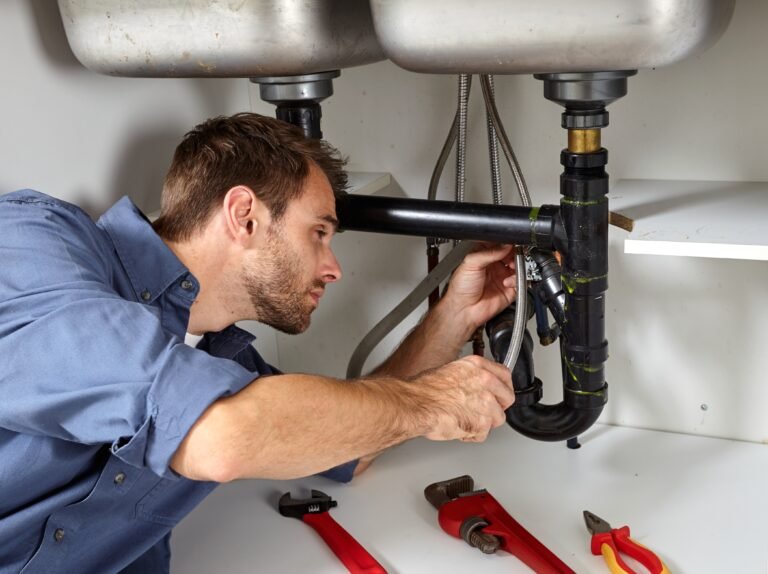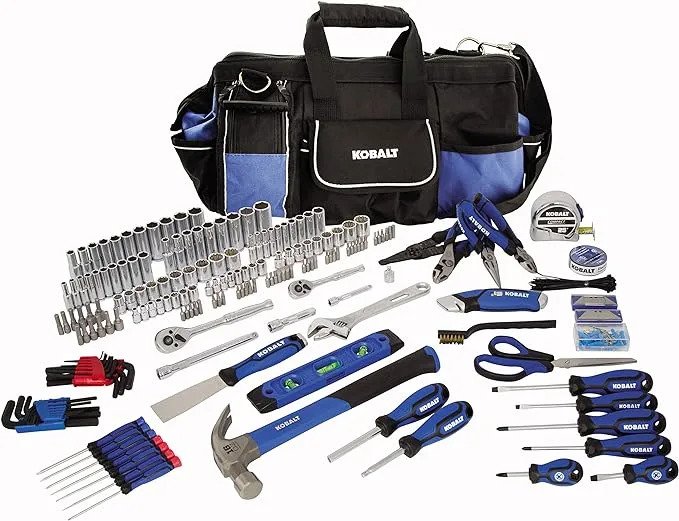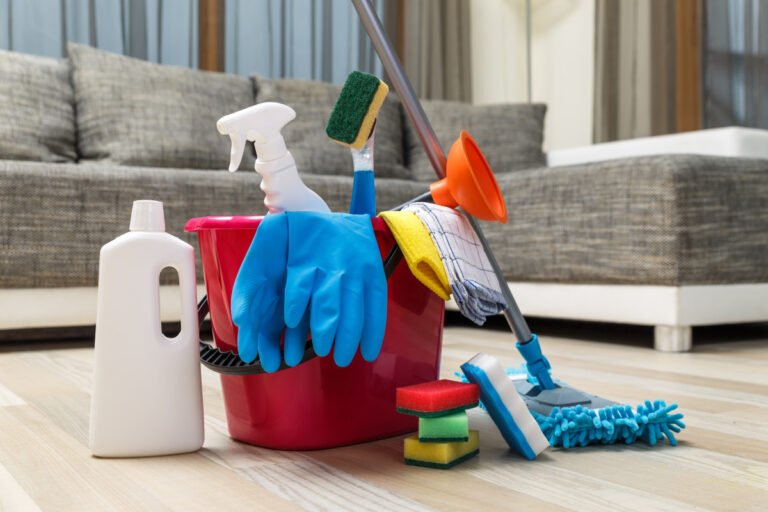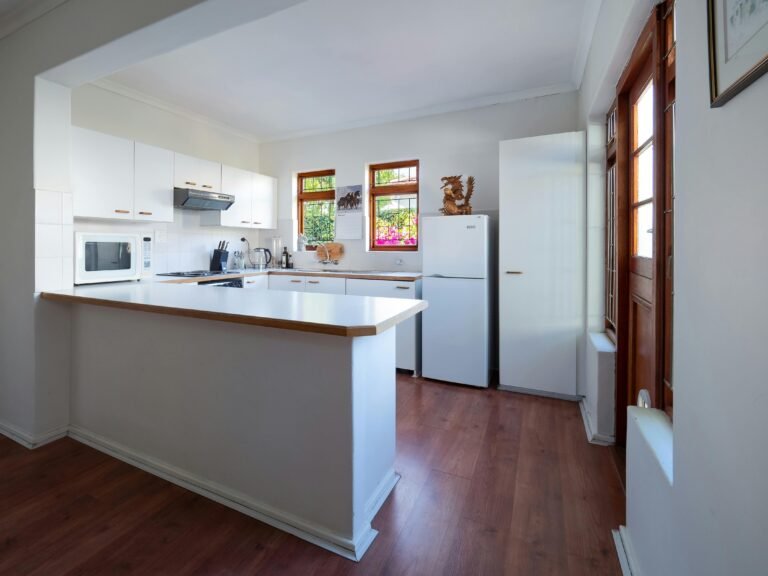Parquet Floors: Why They Are Prone to Damage and How Mr. Sander Can Help
Parquet flooring is a beautiful and timeless addition to any space, offering intricate patterns that are both elegant and sophisticated. However, while parquet floors can enhance the aesthetics of a room, they are also prone to certain types of damage due to their unique design and material composition.
Regular wear and tear, environmental factors, and improper maintenance can all lead to deterioration. Understanding why parquet floors are susceptible to damage, and knowing the best methods for restoration and repair, is crucial for maintaining their charm and durability. This is where the expertise of Mr. Sander® comes into play, offering specialized sanding, restoration, and repair services tailored to the needs of parquet flooring.
Why Are Parquet Floors Prone to Damage?
Parquet floors, composed of small wood blocks arranged in geometric patterns, require special care compared to traditional hardwood flooring. Their intricate designs make them more vulnerable to certain types of damage, and here’s why:
- Wood Grain Variations: The interlocking pieces of wood in parquet floors have different grain directions, which means that the wood reacts unevenly to changes in temperature and humidity. This can lead to warping, cupping, or gapping between the blocks, especially in environments with fluctuating moisture levels.
- Delicate Construction: Parquet flooring consists of multiple small pieces of wood bonded together, making the structure more fragile than single-plank floors. If not properly maintained, these blocks can loosen over time, leading to uneven surfaces or even complete detachment from the subfloor.
- High Sensitivity to Water: Water damage can be particularly harmful to parquet floors. Whether from spills, cleaning, or leaks, moisture can cause the wood to swell and deform, leaving unsightly gaps or uneven surfaces. If not addressed quickly, water damage may necessitate replacing entire sections of the floor.
- Exposure to Wear and Tear: Like all wood floors, parquet is subject to the effects of daily foot traffic. Over time, scratches, scuffs, and general wear can diminish the beauty of the surface, while dirt and debris can become trapped in the spaces between the blocks, making cleaning more difficult.
- Sunlight Fading: Prolonged exposure to sunlight can cause parquet flooring to fade unevenly, especially since different wood species may be used in a single floor’s design. This results in a patchy appearance where some sections of the floor lighten more than others.
Mr. Sander’s Expertise in Sanding Parquet Floors
At Mr. Sander®, parquet floor sanding is more than just a surface-level treatment. With years of experience in restoring delicate wooden floors, Mr. Sander’s team brings precision and expertise to every project. Here’s how they can help restore and protect your parquet floors:
- Restoration of Aesthetic Appeal
One of the primary reasons to opt for parquet floor sanding is the restoration of its natural beauty. Over time, parquet floors lose their shine due to exposure to sunlight, spills, and daily wear. Mr. Sander® uses advanced sanding techniques to remove the top damaged layer, unveiling the untouched wood beneath. This process allows the floor to regain its original elegance and charm.
- Longevity and Durability
Sanding parquet floors not only enhances their appearance but also extends their lifespan. By sanding away surface imperfections like scratches, dents, and stains, the floor is given a fresh start. This process strengthens the wood and prepares it for refinishing, ultimately helping to prevent future damage and making the floor more resistant to wear.
- Health and Hygiene Improvements
Wooden floors, including parquet, can harbor dirt, dust, and allergens between the tiles and in the grain. Regular sanding removes these contaminants, providing a cleaner, healthier environment for residents or facility users. This is particularly important for spaces like homes or offices where cleanliness is a top priority.
The Parquet Floor Sanding Process at Mr. Sander®
At Mr. Sander®, the parquet floor sanding process is designed to ensure the best results while minimizing disruption to your space. The team employs a systematic approach to restore your floors efficiently and effectively.
- Initial Inspection and Consultation: The first step is a thorough assessment of the parquet flooring. The team evaluates the condition of the wood, identifies any damage, and discusses your preferences for the final look. This consultation ensures that the service is customized to meet your specific needs.
- Preparation and Repairs: Before the actual sanding begins, the space is prepared to prevent dust and debris from spreading. Mr. Sander® uses dust-free sanding equipment to keep your space clean. If necessary, any loose or damaged parquet blocks are repaired or replaced to ensure a stable surface.
- Sanding the Surface: The sanding process itself involves using progressively finer grades of sandpaper to achieve a smooth and even surface. Special care is taken around the edges and corners, as these areas are more difficult to sand evenly with machines. Mr. Sander®’s team uses specialized tools to ensure every part of the parquet floor receives attention.
- Finishing Touches: After sanding, the team applies a high-quality finish, such as oil, wax, or varnish, to protect the wood and enhance its appearance. This finish not only restores the shine but also provides a durable layer of protection against future wear.
- Final Inspection and Cleaning: Once the sanding and finishing are complete, the team conducts a thorough inspection to ensure the quality of the work. The area is cleaned, and the floor is prepared for immediate use, leaving your parquet looking as good as new.
Parquet Floor Restoration
For parquet floors that have suffered more extensive damage, restoration may be necessary. Mr. Sander® offers comprehensive restoration services that go beyond sanding. The restoration process includes:
- Repairing Damaged Blocks: If parquet blocks are damaged or missing, they can be carefully replaced with matching wood. The goal is to ensure a seamless transition between the new and old blocks so that the pattern and overall aesthetic remain intact.
- Water Damage Repair: Water damage is a common issue with parquet floors. The team at Mr. Sander® is experienced in handling such cases, removing or flattening warped sections and ensuring that the restored floor looks uniform.
- Refinishing: After restoration, the floor is sanded and refinished to match the rest of the surface. This helps to blend the restored sections with the existing floor and provides an additional layer of protection against future damage.
Parquet Floor Repair
Parquet floor repairs often involve fixing loose or broken blocks, addressing issues with the subfloor, or dealing with surface scratches and stains. Mr. Sander® excels at these repairs, ensuring that your parquet flooring is not only structurally sound but also aesthetically cohesive.
- Re-fixing Loose Blocks: Loose parquet blocks can cause uneven surfaces and pose a tripping hazard. Mr. Sander® re-secures these blocks, ensuring that they are firmly attached to the subfloor and level with the surrounding tiles.
- Surface Repair: Scratches, stains, and dents are inevitable over time, but they can be repaired with careful sanding and refinishing. The team ensures that the repaired areas blend seamlessly with the rest of the floor.
Parquet floors are a valuable and aesthetically pleasing feature in many homes and businesses, but they require regular care to maintain their beauty and functionality. Whether it’s sanding to restore their original luster, repairing damaged sections, or a full restoration, Mr. Sander® offers expert solutions tailored to the unique needs of parquet flooring. Their meticulous approach, combined with state-of-the-art equipment and extensive experience, ensures that your parquet floors will continue to enhance the beauty of your space for years to come.





